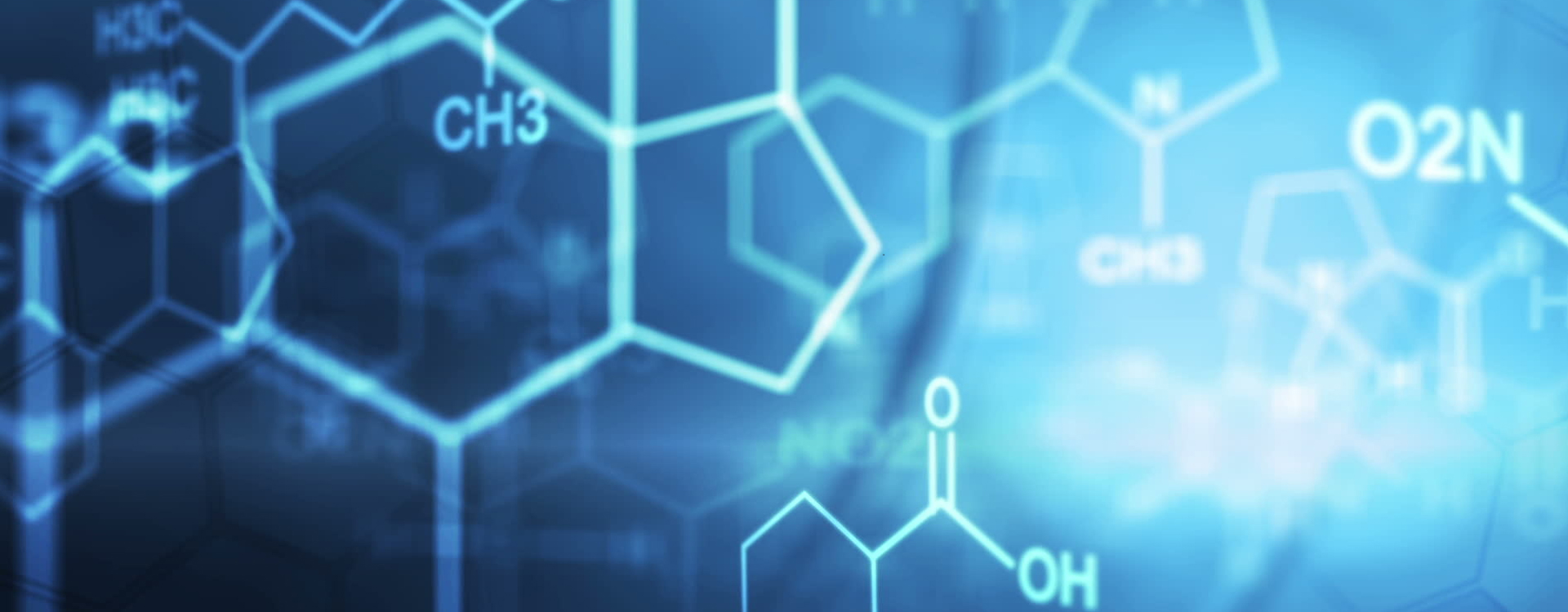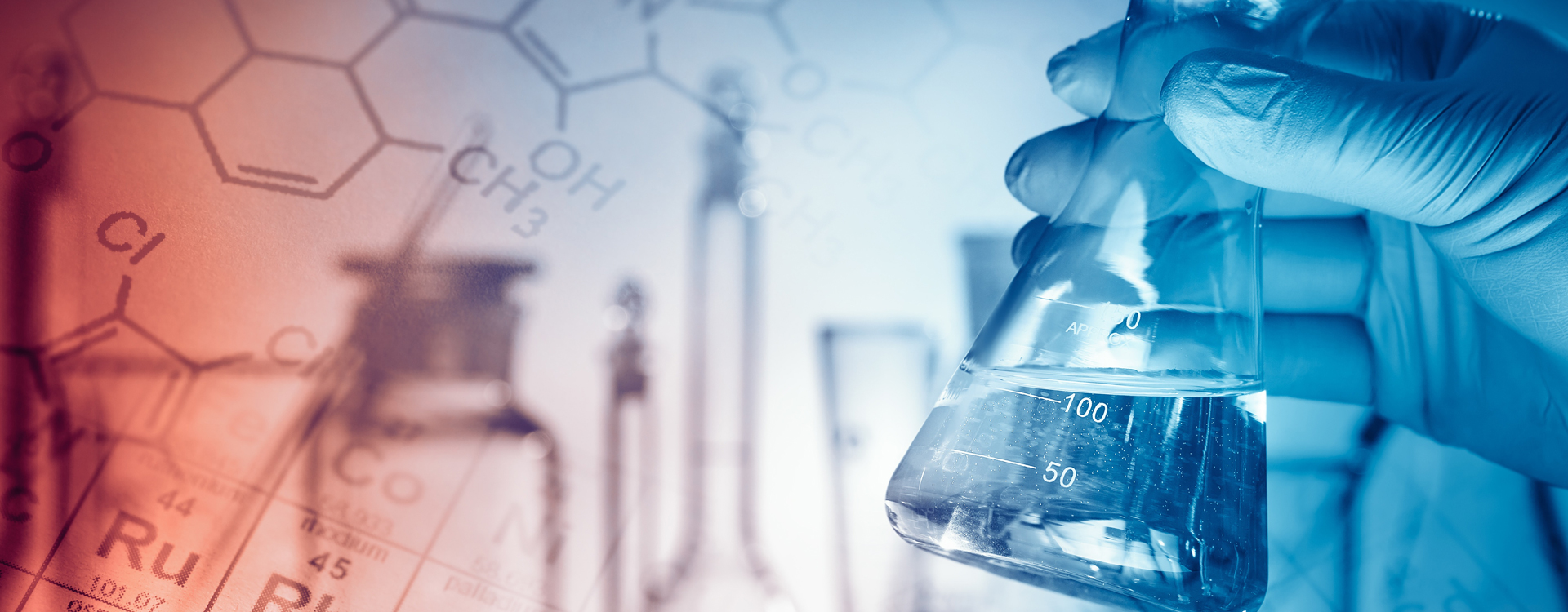Seminar Details
Despite being an indispensable co-factor for myriad essential life functions, excess iron is toxic. To maintain the balance between its essentiality and toxicity, nature has devised a self-assembled spherical nanocaged protein - &lsquoferritin&rsquo - that can store up to ~4500 iron atoms, reversibly, in the form of hydrated ferric oxyhydroxide mineral and facilitate controlled iron release to support physiological processes. The self-assembly of ferritin cages dictate the overall architecture of the protein complex. However, the molecular mechanisms driving the self-assembly of ferritin, the intermediates involved and the participating factors remain under-examined owing to the difficulty in isolation of folded assembly units. Uncovering the conserved interactions that promote/control this self-assembly could be exploited for diverse biomedical applications. Therefore, this study aims to unveil the factors influencing the self-assembly of ferritins and explore the consequences of self-assembly on its natural functions: iron sequestration, rapid ferroxidase activity, iron storage and release. Simultaneously, the ferroxidase/mineralization activity of ferritin and its mineral dissolution involves a complex interplay of redox reactions, possibly through long range electron transfer (ET), in multiple steps, via various electron relay stations (i.e., heme and intrinsic redox active amino acids of protein cage). Therefore, in addition to the self-assembly phenomena, the study also aims to pursue the ET pathways in ferritin by rational protein engineering and rapid kinetics to better understand its rapid ferroxidase and iron-mineralization activity.


